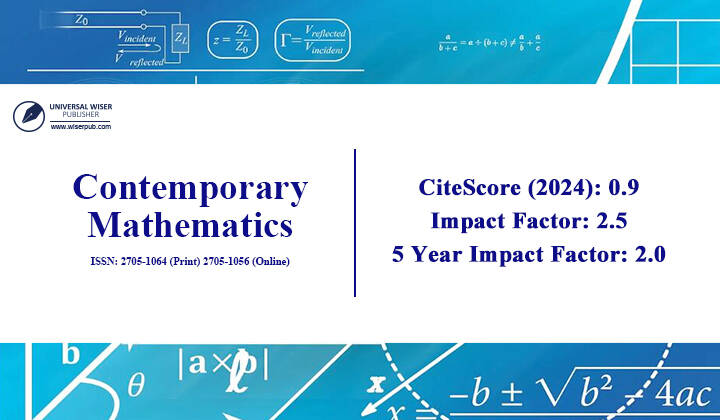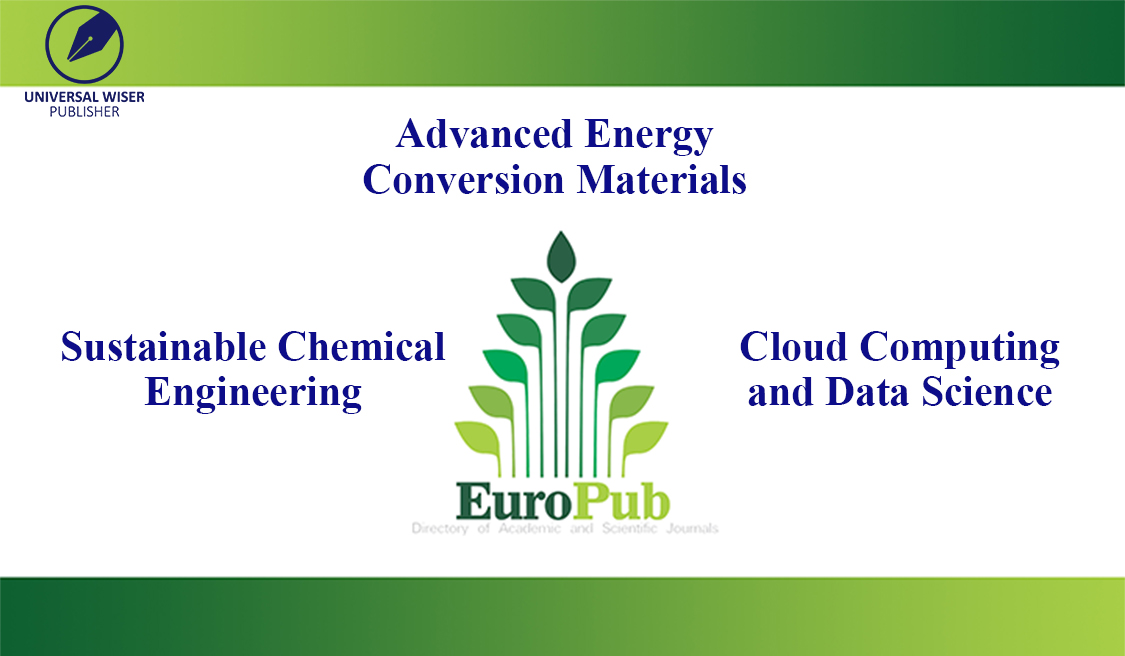


Researchers uncover critical changes in the thermal properties of energy storage devices during operation, paving the way towards better thermal management.
Modern energy storage devices, such as supercapacitors and batteries, have highly temperature-dependent performance. If a device gets too hot, it becomes susceptible to ‘thermal runaway.’ Thermal runaway—or uncontrolled overheating—can ultimately result in dangerous explosions or fires. Adopting a well-informed thermal management strategy is required for the stable and safe operation of devices. To do this, it is necessary to understand how certain thermal properties, like heat capacity (Cp), dynamically change during charging and discharging.
Recently, researchers from the Gwangju Institute of Science and Technology (GIST) investigated the thermal properties of electric double-layer capacitors (EDLCs)—a type of supercapacitor having high power and long life—for a technical foundation in thermal measurement and revealed significant information. “Using the 3ω hot-wire method, we were able to measure the change in heat capacity of EDLCs in real-time in a microscopic electrode-electrolyte volume, which is an active site for the adsorption and desorption of ions,” explains Prof. Jae Hun Seol, who led the study.
The study was made available online on February 5, 2022, and will be published in Volume 188, Issue 122632 of International Journal of Heat and Mass Transfer on June 1, 2022.
The research team conducted experiments both in situ (under static conditions) and operando (during charging). They found that the temperatures of the positive and negative electrodes changed by 0.92% and 0.42% during charging, which corresponded to 9.14% and 3.91% reductions in their respective Cp. “According to thermodynamic theory, the ionic configuration entropy (a measure of randomness) of a system decreases during adsorption, i.e., charging. This also affects the free energy of the system. Together, this leads to a decrease in Cp,” explains Prof. Seol.
The team also varied the concentration of the electrolyte, potassium hydroxide, to see how it affected EDLC performance. They found that the EDLC displayed maximum capacitance and Cp reduction when the electrolyte concentration was 8 M. They attributed this to variations in the degree of hydration of ions and their ionic mobility.
“An important aspect of this study is that charging and discharging also alters Cp of EDLCs,” says Prof. Seol. “These findings will extend our understanding of the underlying thermal physics of EDLCs.”
Indeed, these results can be considered a major step towards future effective thermal management strategies, which will create safer and more reliable energy storage devices.
Reference: “In situ and operando thermal characterization in aqueous electric double layer capacitors using the 3ω hot-wire method” by Yeongcheol Park, Jaehoon Kim, Changho Kim, Seung-Mo Lee, Chul Kang and Jae Hun Seol, 5 February 2022, International Journal of Heat and Mass Transfer.
DOI: 10.1016/j.ijheatmasstransfer.2022.122632
Source: https://scitechdaily.com/scientists-discover-key-to-safer-energy-storage-devices/

Scheduled Server Maintenance and System Downtime Notice Dec 16, 2025

Celebrating CM Editorial Board Members Recognized in the Wor... Oct 10, 2025

Food Science and Engineering Now Indexed in CAS Database Aug 20, 2025

Contemporary Mathematics Achieves Significant Milestone in 2... Jun 19, 2025

Three Journals under Universal Wiser Publisher are Newly Ind... Apr 21, 2025